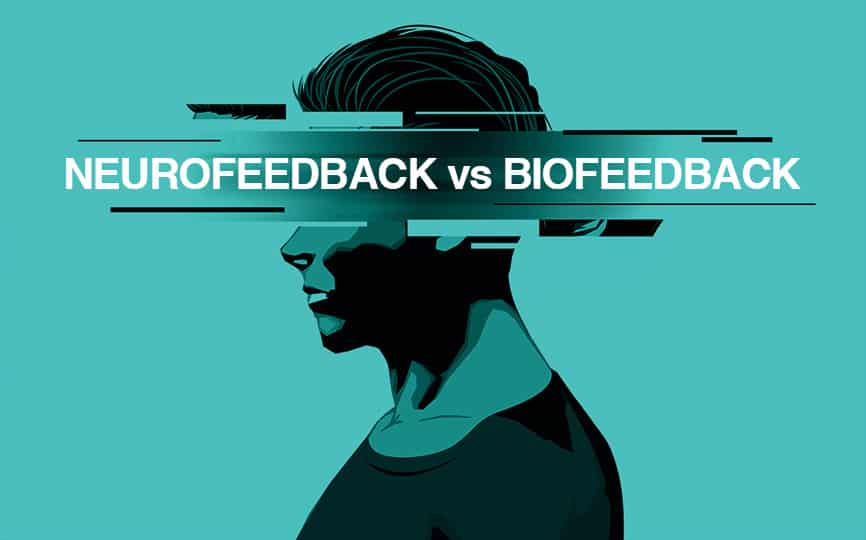
NEUROFEEDBACK VS BIOFEEDBACK... WHAT IS THE DIFFERENCE?
Have you been hearing more people talk about Biofeedback vs. Neurofeedback lately? Do you know someone who has tried it? So many people are wondering what is the difference between biofeedback and neurofeedback? Or they wonder is biofeedback and neurofeedback the same thing?
Back to Basics
Let us review the basics of these therapies as treatments. First, think of Biofeedback as an umbrella term. “Sweets” can be an umbrella term for cookies, candies, cakes, or pastries. “Biofeedback” can be an umbrella term for respiratory, heart rate, muscle contraction, or brain wave feedback. In the most general terms, Biofeedback is the act of receiving feedback from your body via a visual, auditory, and touch response.
The Similarities Between Neurofeedback and Biofeedback
Biofeedback is a technique to learn to control some of your body’s functions. Biofeedback therapy works by increasing awareness of your mind’s interaction with your body. The more you become aware of adjusting states of arousal, it improves your ability to respond to stress and mental activity. You can learn the patterns contributing to your symptoms by monitoring automatic functions. Then you can train or practice how to get voluntary control of that function and make changes to those symptoms. This may include gaining voluntary control over heart rate, muscle tension, blood flow, pain perception, and blood pressure.
Like biofeedback, neurofeedback addresses problems that worsen from stress and brain deregulation. These problems include anxiety-depression spectrum disorders, attention deficits, behavioral disorders, sleep disorders, headaches and migraines, PMS, and emotional disturbances.
The Differences Between Neurofeedback and Biofeedback
An example of Respiratory biofeedback involves wearing sensor bands around the chest and abdomen. The sensors monitor breathing rates and patterns. With training, people can learn to have greater control over their breathing rates, which can help in various situations, including when experiencing anxiety.
Neurofeedback is one modality of Biofeedback, the type of Biofeedback, involving our brain. Neurofeedback shows brain wave activity through a neurofeedback EEG. An EEG, or electroencephalogram, is a test that detects electrical activity in your brain using small, metal discs (electrodes) attached to your scalp. This activity shows up as wavy lines on an EEG recording. This feedback helps to see the patterns. Then, as we become more conscious of those patterns, it enables us to make positive changes. These changes then result in a reduction of symptoms.
An example of Neurofeedback for the treatment of anxiety is looking for patterns of overactivity, which keeps your brain in a constant state of fight or flight response. Noting this overreaction through feedback you can use it to teach your brain cells how to calm down. As your brain cells become less reactive, you’ll be able to separate good experiences from negative situations and feel less compelled to live in a constant state of flight or fight response. Therefore, Neurofeedback vs biofeedback therapy for anxiety is like homing in on the brain’s activity producing those specific symptoms.Neurofeedback vs. Biofeedback targets your brain’s natural ability to learn new things. These new ways help heal and retrain your mind. Looking at your brain wave activity and learning new patterns allows you to alter your brain activity the same way you know every other skill: through feedback and practice.
Neurofeedback vs Biofeedback Summary
To summarize biofeedback vs. neurofeedback, both are sources of feedback. However, they are different in the specific body area they are getting feedback. Neurofeedback focuses on learning the activity patterns of the brain and making changes to that activity through new practices.
The idea behind any biofeedback is that by harnessing the power of your mind, you become more aware of what’s going on inside your body, which can help you gain more control over your health.














